
News & Articles
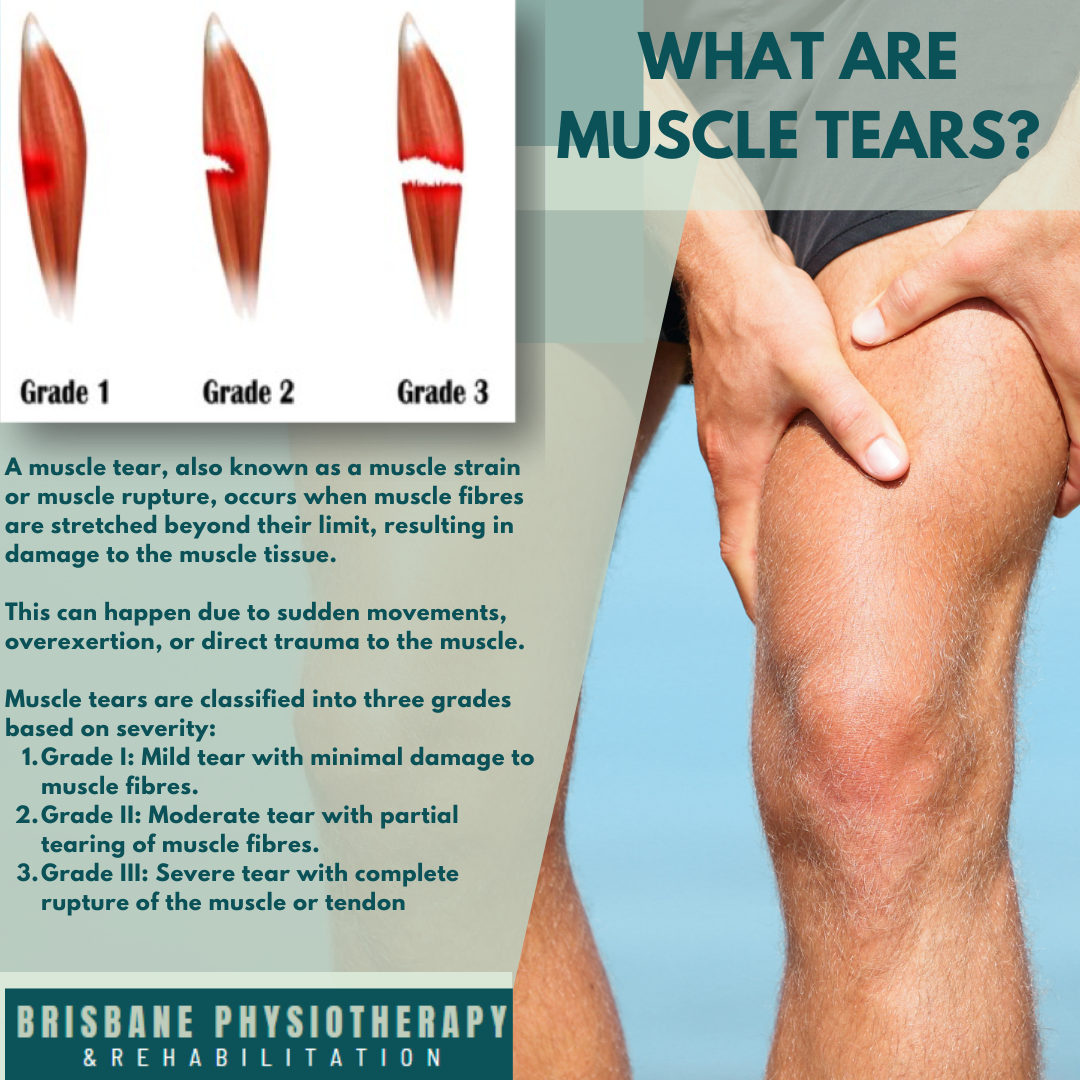
What are Muscle Tears?
A muscle tear, also known as a muscle strain or muscle rupture, occurs when muscle fibres are stretched beyond their limit, resulting in damage to the muscle tissue.
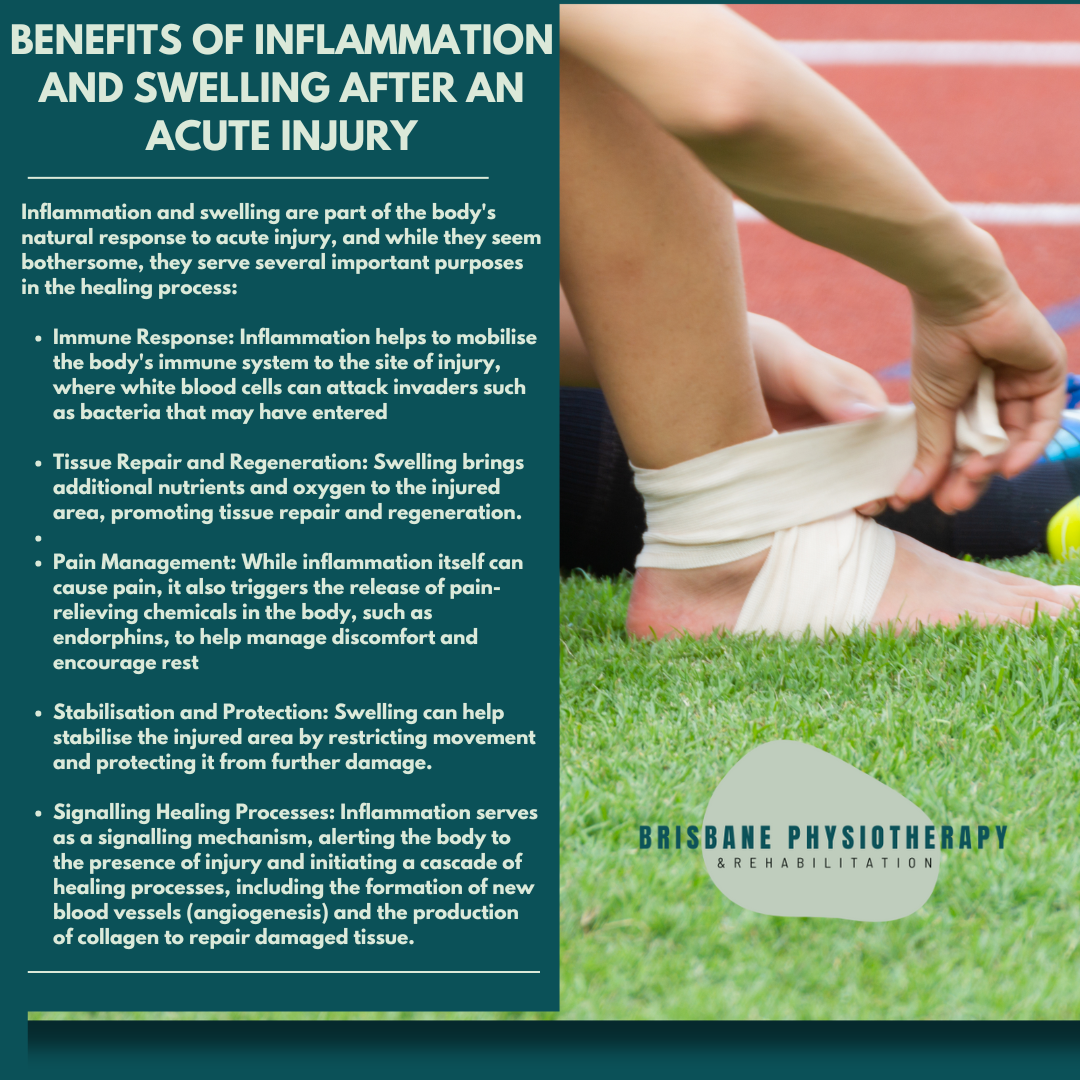
Benefits of Inflammation and Swelling after an Acute Injury
Inflammation and swelling are part of the body's natural response to acute injury, and while they may seem bothersome, they serve several important purposes in the healing process.

What is Plyometric Exercise Training?
Plyometric exercise training involves explosive movements that utilize the stretch-shortening cycle of muscles to generate maximal force in a short amount of time.
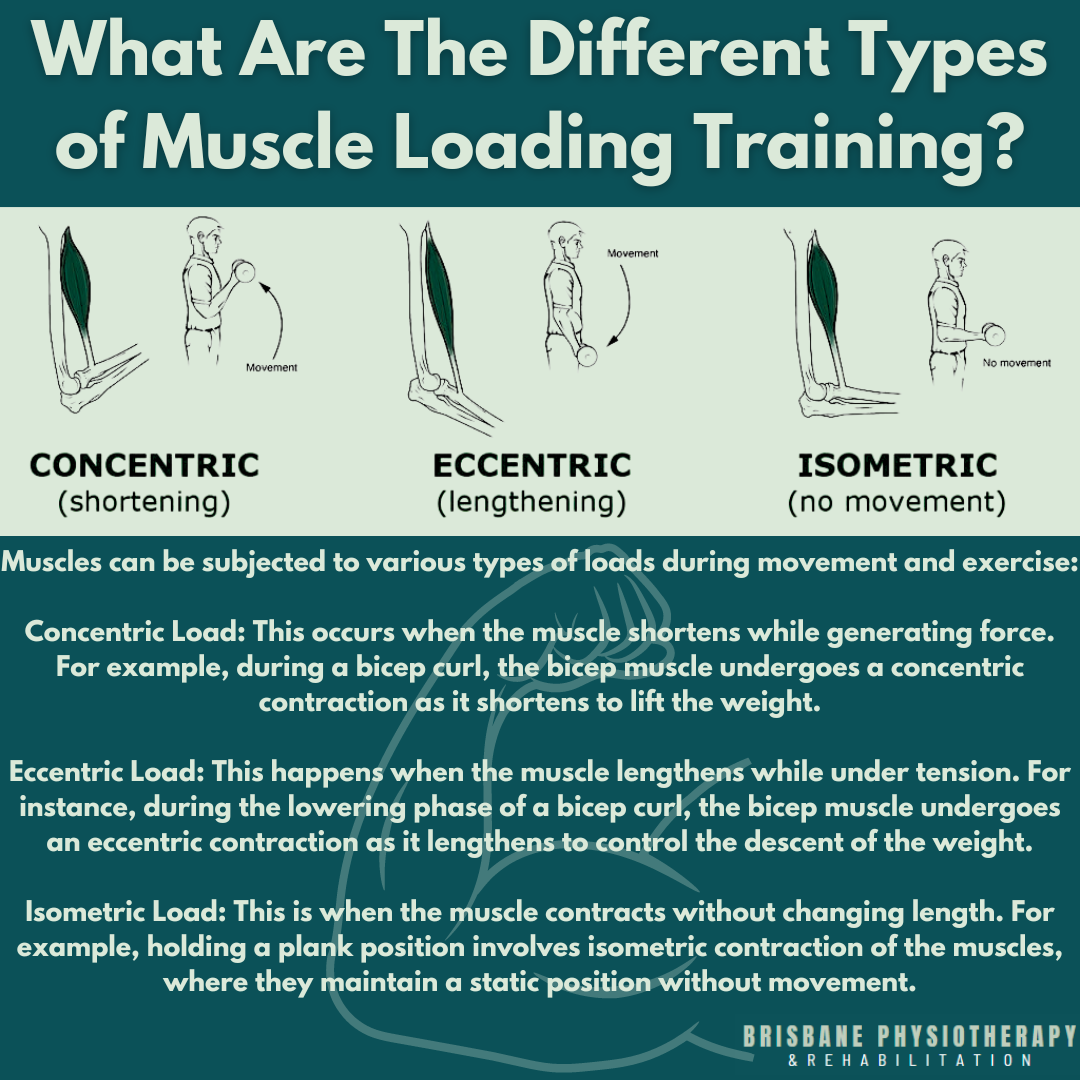
What are the Different Types of Muscle Loading Training?
Muscles can be subjected to various types of loads during movement and exercise: Concentric load, Eccentric load, Isometric load

What is The Ottawa Ankle Rule?
The Ottawa Ankle Rule is a clinical decision-making tool used to determine the necessity of obtaining X-rays for ankle injuries.
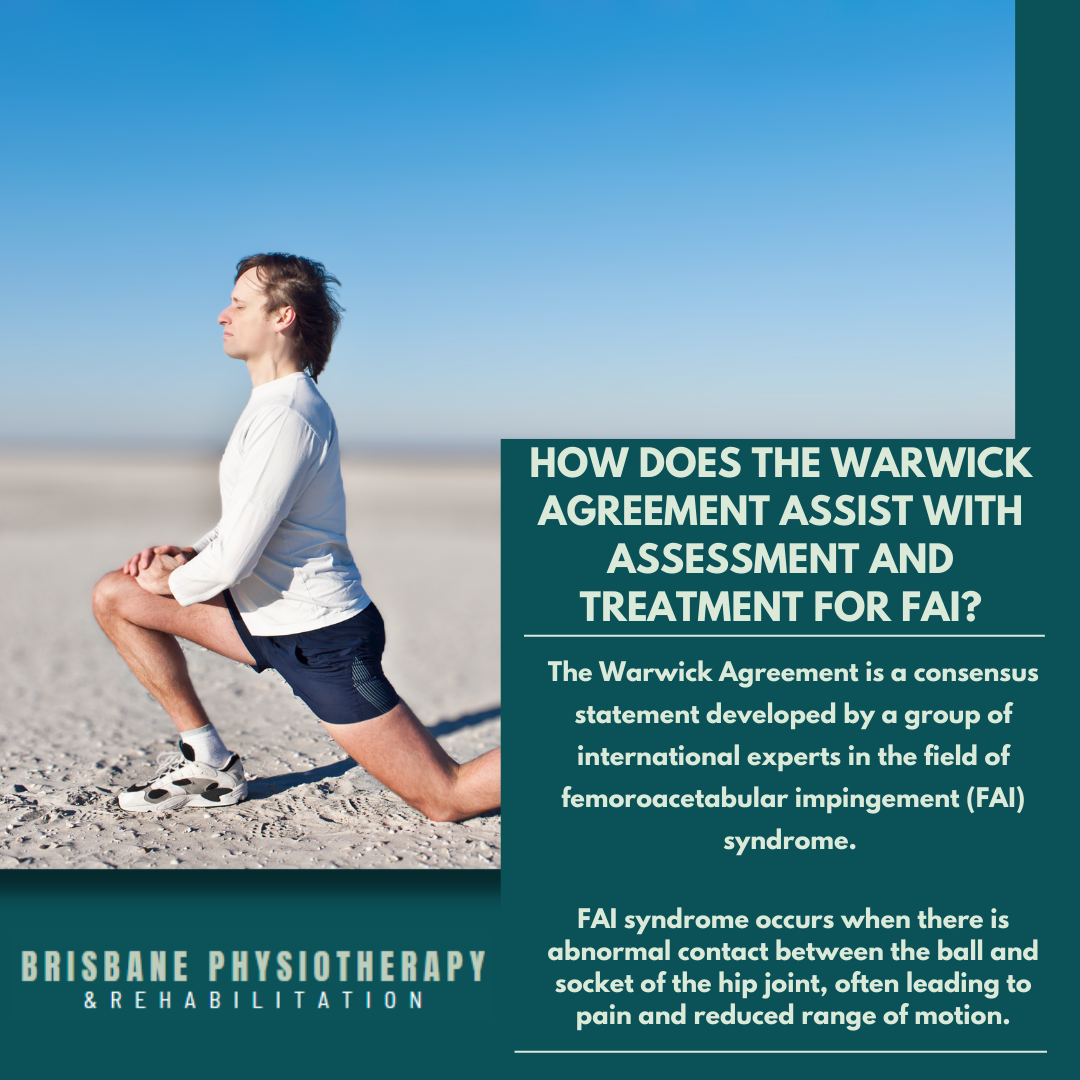
How does the Warwick Agreement Assist in the Assessment and Treatment of FAI Syndrome?
The Warwick Agreement is a consensus statement developed by a group of international experts in the field of femoroacetabular impingement (FAI) syndrome.
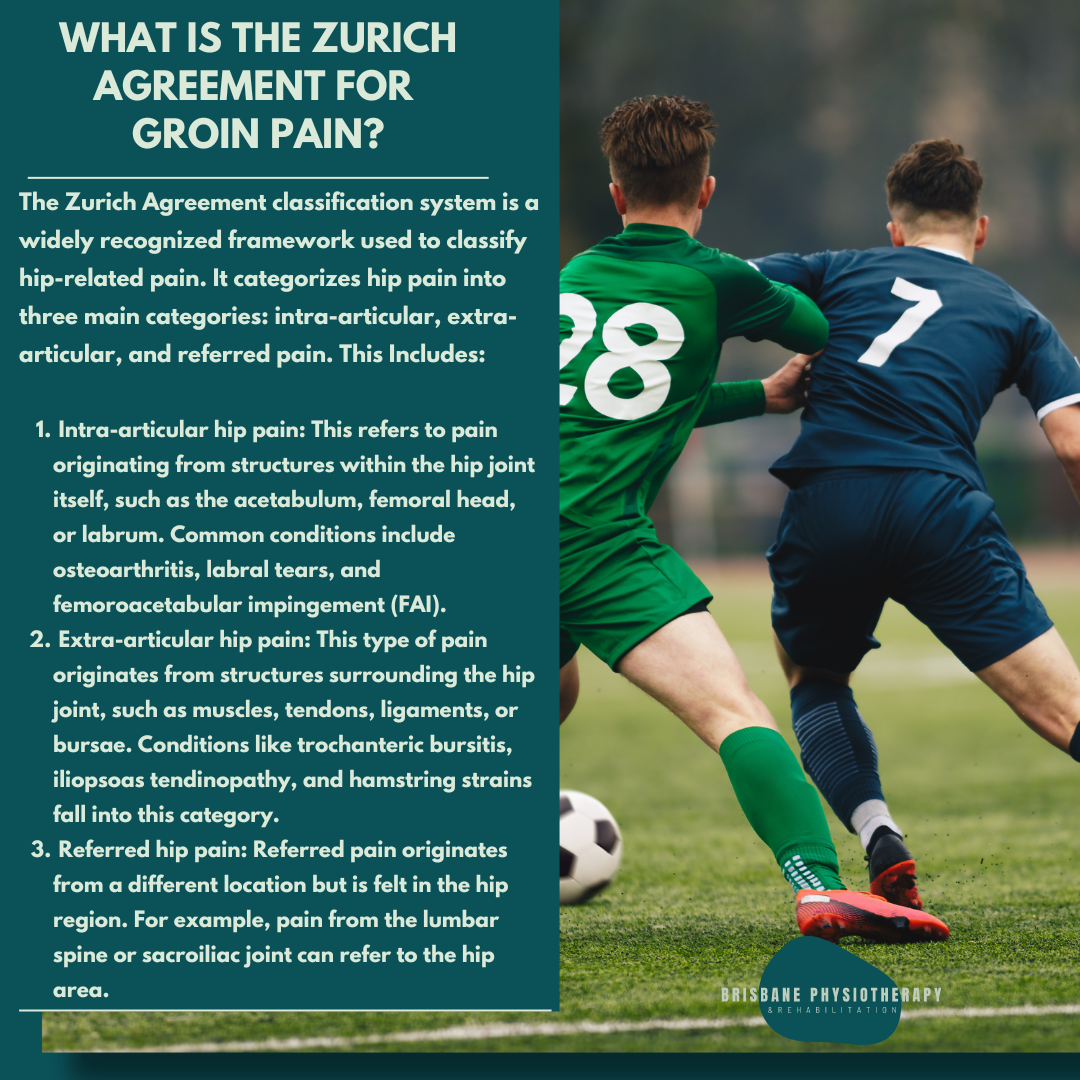
What is The Zurich Agreement in Relation to Hip-related Pain Classification?
The Zurich Agreement classification system is a widely recognized framework used to classify hip-related pain.
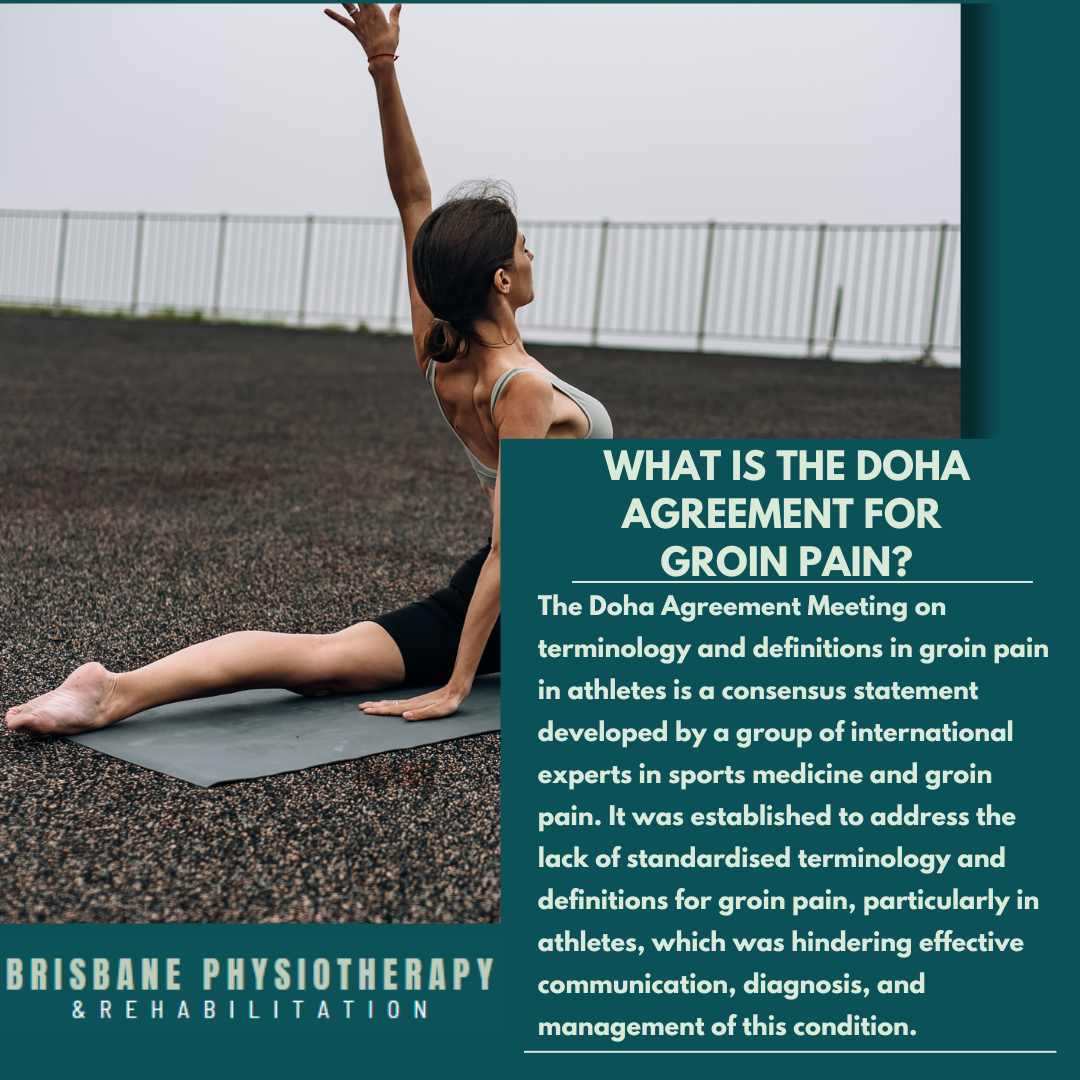
What is The Doha Agreement in Relation to the Classification of Groin Pain Conditions/Injuries?
The Doha Agreement Meeting on terminology and definitions in groin pain in athletes is a consensus statement developed by a group of international experts in sports medicine and groin pain.

The Importance of having Strong Adductor Muscles
The adductor muscles are a group of muscles located on the inner side of the thigh.
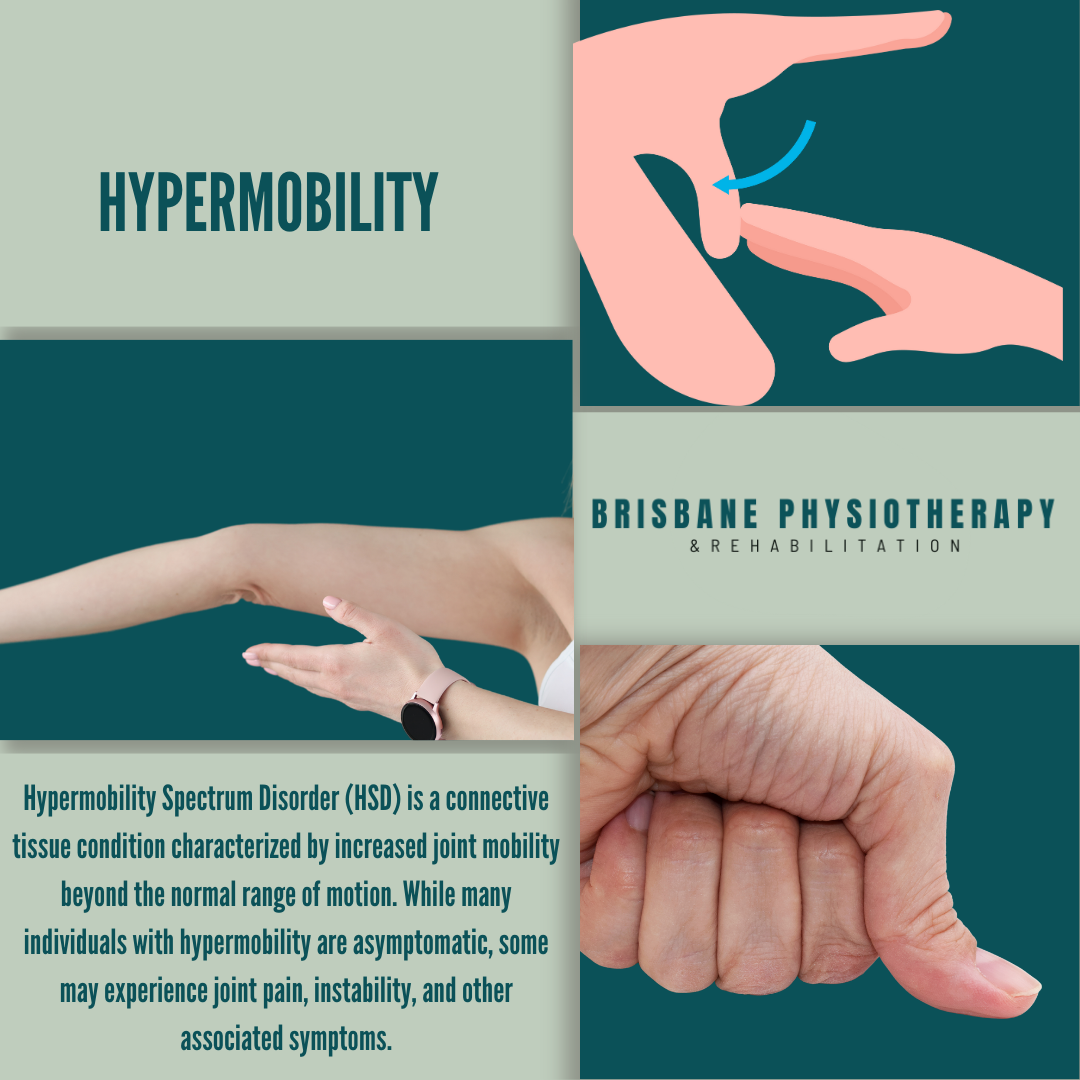
What is Hypermobility and Hypermobility Spectrum Disorder?
Hypermobility Spectrum Disorder (HSD) is a connective tissue condition characterized by increased joint mobility beyond the normal range of motion.